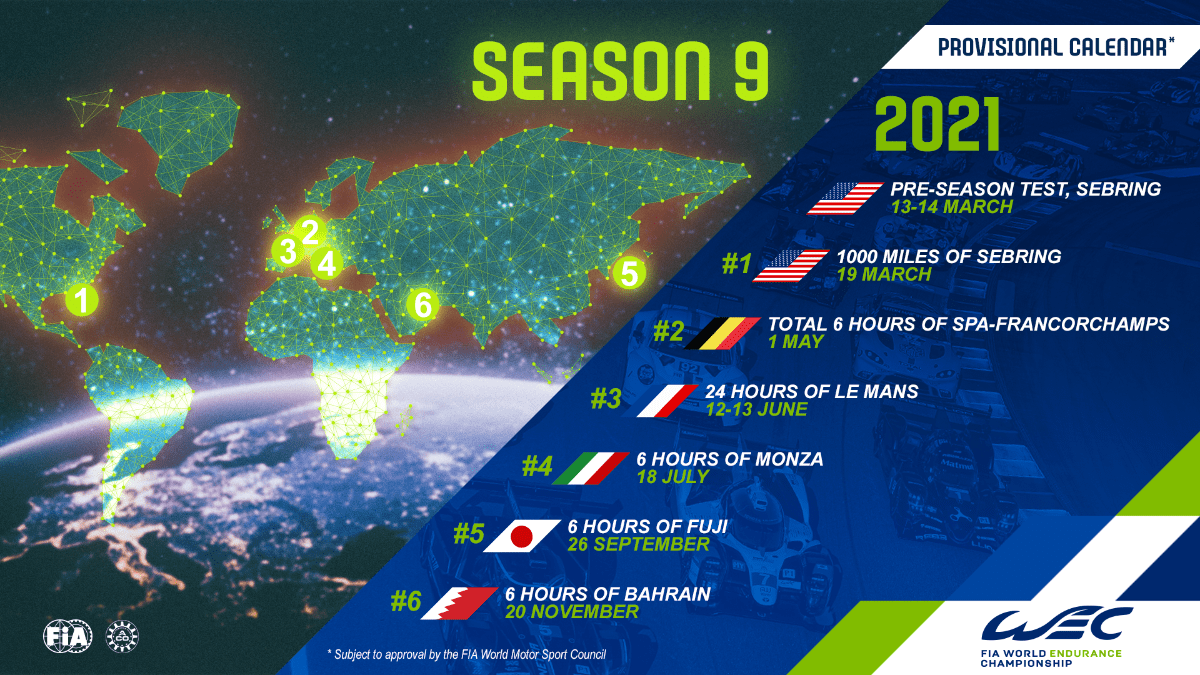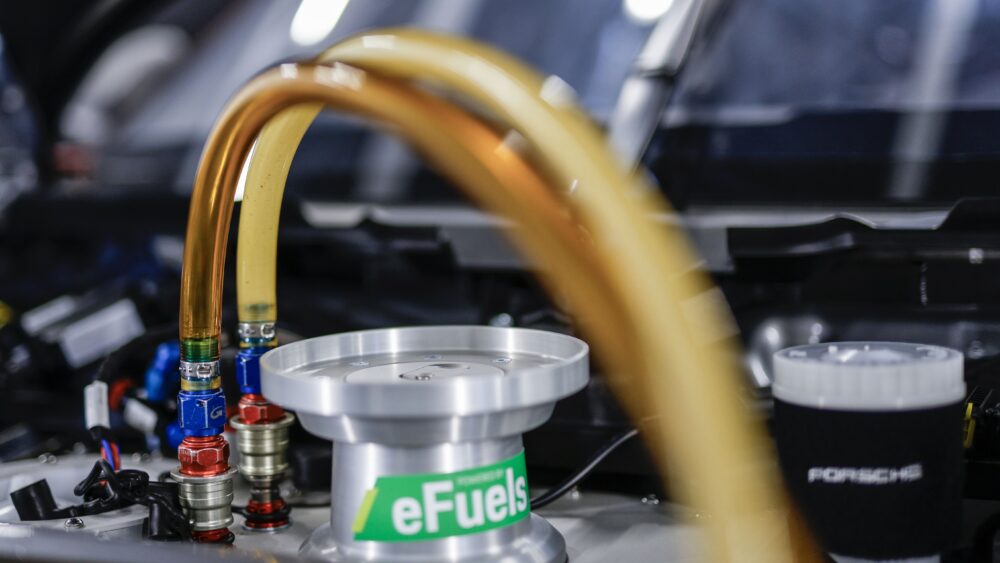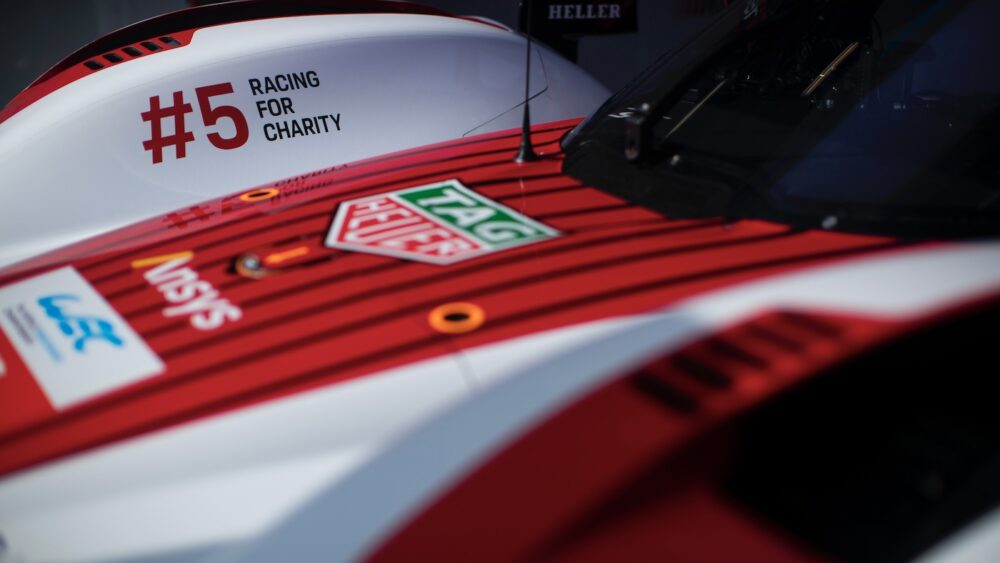Toyota: The first Le Mans hypercar 🎥
NEW VEHICLE GENERATION Toyota was the first manufacturer to present a race car based on the new hypercar regulations today, Friday: the Toyota GR010 Hybrid. The driver line-up, which includes Sébastien Buemi, remains unchanged. First action scenes of the Toyota Hypercar from test drives and what the drivers say about it. The LMH category marks the beginning of a new era in endurance racing. On the one hand, Le Mans Hypercar [...]
First action scenes of the Toyota Hypercar from test drives and what the drivers say about it.
The LMH category marks the beginning of a new era in endurance racing. On the one hand, Le Mans Hypercar is a specific type of vehicle, on the other hand it is the generic term for the new premier class at Le Mans and the World Endurance Championship (WEC).
This year, this still includes cars from the previous LMP1. For example, the Alpine F1, which has not yet been presented and will be based on the Oreca-Gibson V8 previously used by Rebellion Racing.
Step into the future
For Toyota and its sporting arm Toyota Gazoo Racing, however, the LMP1 category and the successful TS050 Hybrid model adopted at the 2020 WEC final round in Bahrain are a thing of the past. The Toyota GR010 Hybrid is a completely newly developed car based on LMH regulations. Derived from this, there will soon also be a Supra hypercar as a production sports car for the road.
The type designation GR stands for the Gazoo Racing division. The number sequence 010 follows the scheme used for all Toyota sports cars since 1991 with the first Group C car TS010.
Mix between racing and series
As technical director Pascal Vasselon revealed at the virtual press conference on January 15, the Corona pandemic has at least one good side. It left more time for development. If the new season had started in September 2020, as originally planned, the GR010 Hybrid's readiness for racing would have been unrealistic.
With the exception of a few standard components like switches or sensors, virtually no parts could be adopted from the TS050. The reason is the completely different philosophy of the regulations.
Pascal Vasselon: "The new regulations are intended to and can reduce costs and performance. A hypercar is a good mix between a race car for Le Mans, where lap times are about ten seconds slower, and an extreme road car."
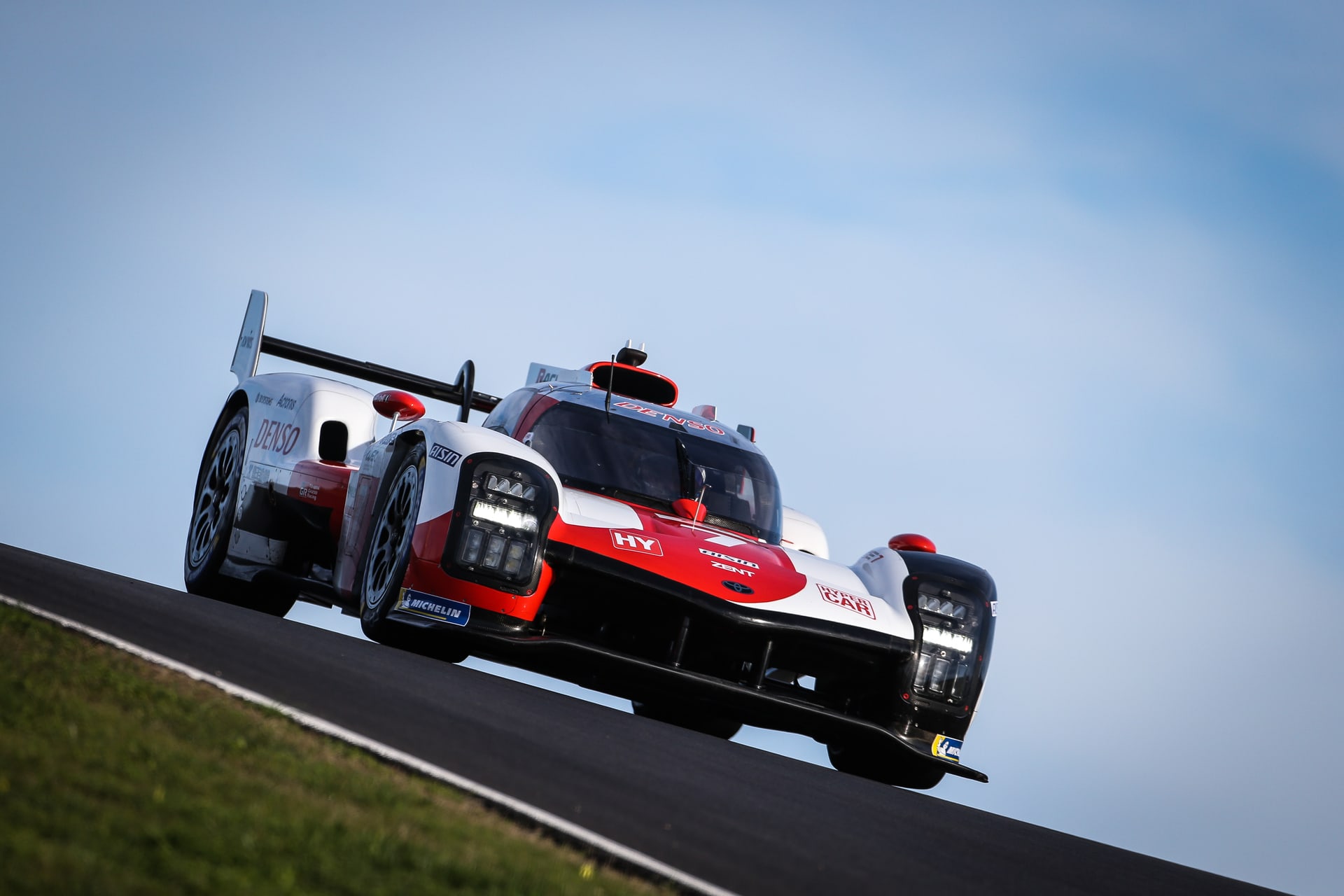
Completely new drive
In contrast to the LMP1 prototypes, only one energy recovery system is permitted on the front axle of a hypercar. The powertrain - i.e. engine, hybrid system and power transmission - therefore had to be completely redeveloped, but can also be used in the upcoming production sports car in a tamer form.
For reliability in series production, the engineers opted for a six-cylinder biturbo with 3.5 liters displacement (2.4 liters in the TS050). Power is primarily transmitted to the rear axle. A 272 hp MGU drives the front axle if required. The total system output is limited to 680 hp.
Due to the cost reduction, the total weight increased by 162 kilograms to 1040 kilograms compared with the TS050 LMP1. At the same time, the power output drops by 32 percent. The GR010 is also 25 centimeters longer and ten centimeters wider and higher than the TS050.
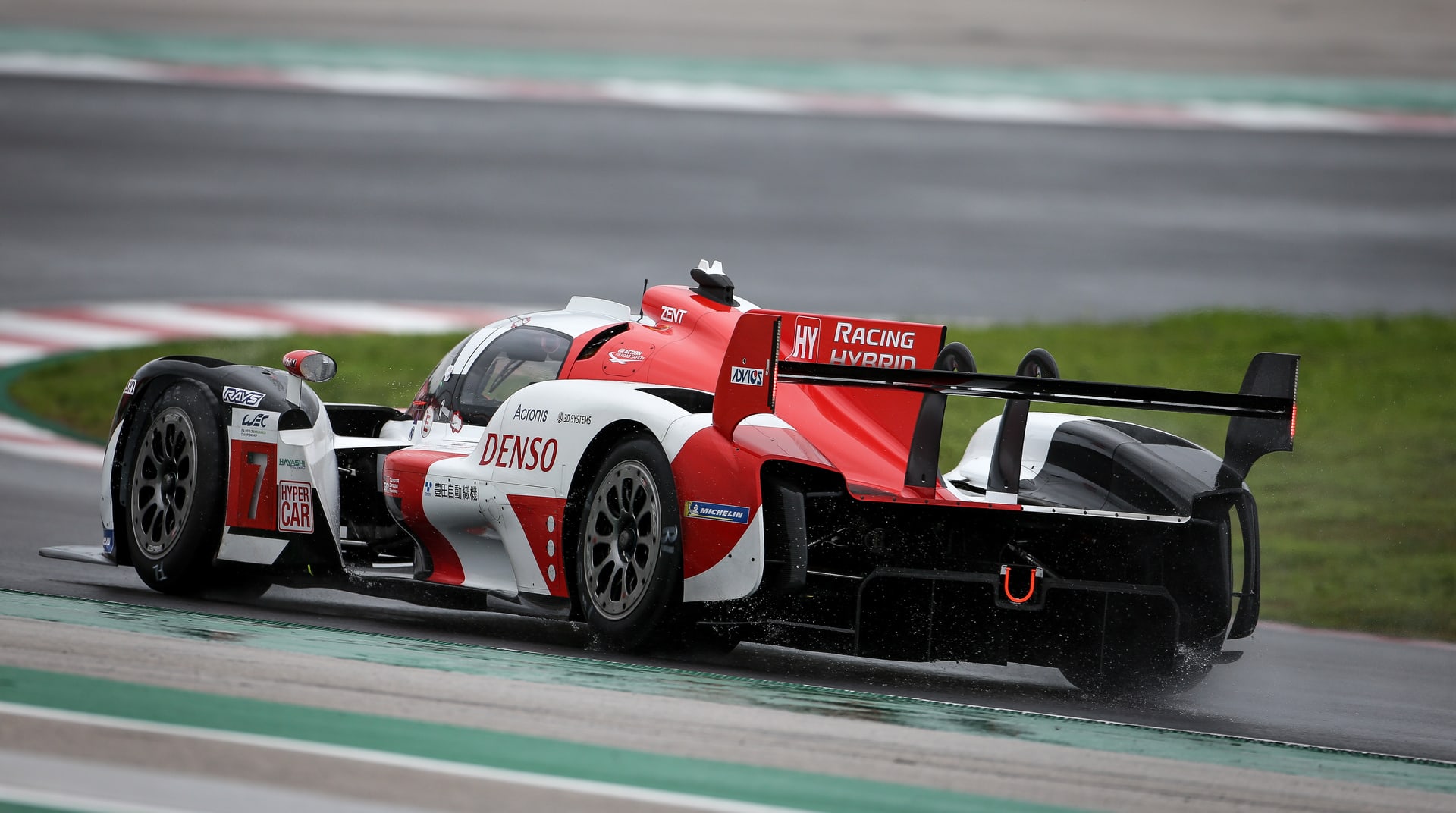
Identification of the brands
As far as silhouette and aerodynamics are concerned, there is a great deal of freedom within a predefined regulatory framework. The only objective is performance, but only one aero specification may be used in the entire WRC season. Previously, it was common practice to race at Le Mans with little downforce for the purpose of increasing top speed. This now saves work and costs.
Unlike in Formula 1, for example, the hypercars will look different. The aim of the rule makers was that there should be identification of the individual factory cars.
The Toyota therefore looks like a Toyota, and the same can be expected of the Peugeot hypercar (from 2022), which has not yet been unveiled. Other hypercars are to come as early as this year from Glickenhaus (Joest Racing entry team, aerodynamics from Sauber Motorsport in Hinwil) and ByKolles.

Sébastien Buemi positively surprised
The two driver pairings remain unchanged. The 2019/20 world champions Mike Conway, Kamui Kobayashi and José María López form the trio in the GR010 Hybrid with car number #7, while Le Mans winners Sébastien Buemi, Kazuki Nakajima and Brendon Hartley also start as before with #8. Nyck de Vries remains a test and reserve driver.
What does the Vaudois, who is aiming for a fourth Le Mans triumph next June, think of his new company car?
Sébastien Buemi: "The first impression of the car after the tests is very good and better than expected. I can hardly wait to race it. It's nice not to have to save fuel over a lap. We can now always drive at full speed and step fully into the brakes. We have less power available now, but it doesn't feel that way and conveys great driving pleasure as before."
Race premiere on March 19, 2021
The Toyota drivers will have their first time in race trim at Sebring in March - unless, as in 2020, changes to plans are necessary due to travel restrictions or lockdowns. Before that, Toyota Gazoo Racing will continue its development and testing work in February on the Iberian Peninsula.
